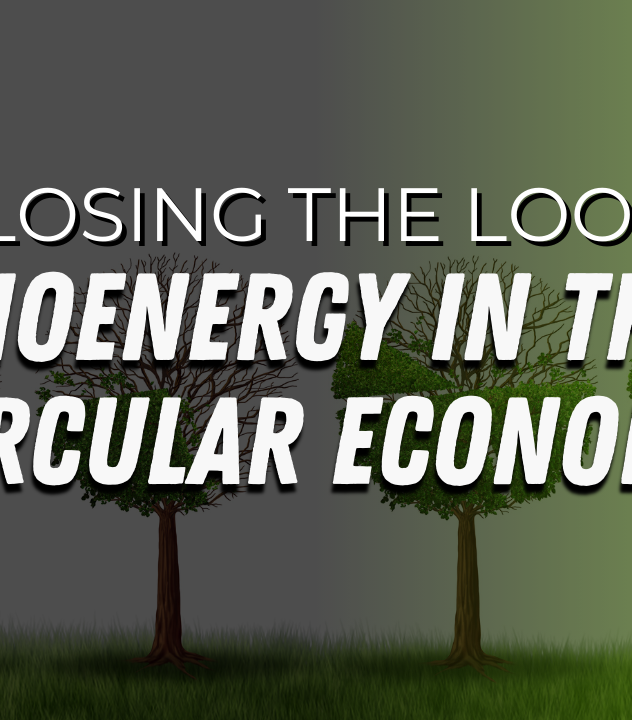
Simplifying Biomass Combined Heat and Power
Distributed small-scale biomass-fired combined heat and power (CHP) plants are pivotal in the shift towards renewable energy sources.
CHP simultaneously produces heat and electricity from a single energy source. While the source can be fossil fuels, the focus here is on renewable options like biomass.
Why is Solid Biomass Prevalent in CHP Systems?
Solid biomass is the most common fuel in CHP systems due to its abundant availability and relatively simple conversion process, it accounts for 66% of all biopower produced in CHP facilities, followed by municipal waste at 17% (World Bioenergy Association).
It’s a versatile fuel source that can be derived from various organic materials, including wood chips, agricultural residues, and municipal waste.
The technology for solid biomass is well-established and often more cost-effective compared to other biomass forms, making it a preferred choice for many CHP operations.
Biomass to Electricity: The Conversion Process
The conversion of biomass into electricity in CHP systems involves the combustion of solid biomass in a boiler. This combustion produces high-pressure steam, which then drives a steam turbine to generate electricity.
The process can be made more efficient through technologies based on the Organic Rankine Cycle, which allow for lower temperature heat sources to be utilized effectively.
Biomass CHP’s Role in Energy Transition
Biomass CHP systems are integral to the energy transition, especially in contexts where the shift away from fossil fuels is crucial. In Europe, many industries rely on outdated fossil fuel technologies for thermal energy.
However, according to the World Bioenergy Association Global Bioenergy Report 2023, Europe is the world leader in producing heat from biomass in power plants, with a share of 88% globally.
Biomass CHP offers a sustainable alternative, contributing significantly to reducing greenhouse gas emissions and dependence on fossil fuels. It aligns with global efforts to transition to cleaner, more sustainable energy sources.
Applications of Biomass CHP
Biomass CHP systems are particularly beneficial in settings with high demands for both heat and electricity. These include:
Municipal Applications: District heating and cooling (DHC) systems, wastewater treatment plants, energy communities, and sports complexes.
Industrial Manufacturing: Sectors like chemical production, refining, ethanol production, pulp and paper, and food processing.
Institutions: schools, universities, hospitals, prisons, military bases, and nursing homes.
Commercial Buildings: large structures such as hotels, airports, and office buildings.
Incorporating circular economy principles, such as using locally produced biomass like woodchips or wood scraps, can add further value to these systems
Conclusion
While the initial costs of Biomass CHP systems can be high, the long-term benefits are substantial. These systems offer significant savings in primary energy consumption and emissions, aligning with broader sustainability goals.
Answering the #EngineeringTriviaThursday Question on Linkedin:
Cogeneration vs. Traditional Power Generation
The main differentiator of cogeneration (or CHP) compared to traditional power generation methods is its higher efficiency.
Cogeneration captures and utilizes the heat that would otherwise be wasted in electricity generation, significantly improving energy efficiency.
While using multiple fuel types and heat source are aspects of cogeneration, they are not the primary factors that distinguish it from traditional methods.
The key is its ability to simultaneously produce electricity and useful heat, leading to higher overall energy utilization and reduced environmental impact.
Get to know SCIVEN’s Integrated Solution benefits and discover how we can envision today’s energy future together!






Leave a Reply